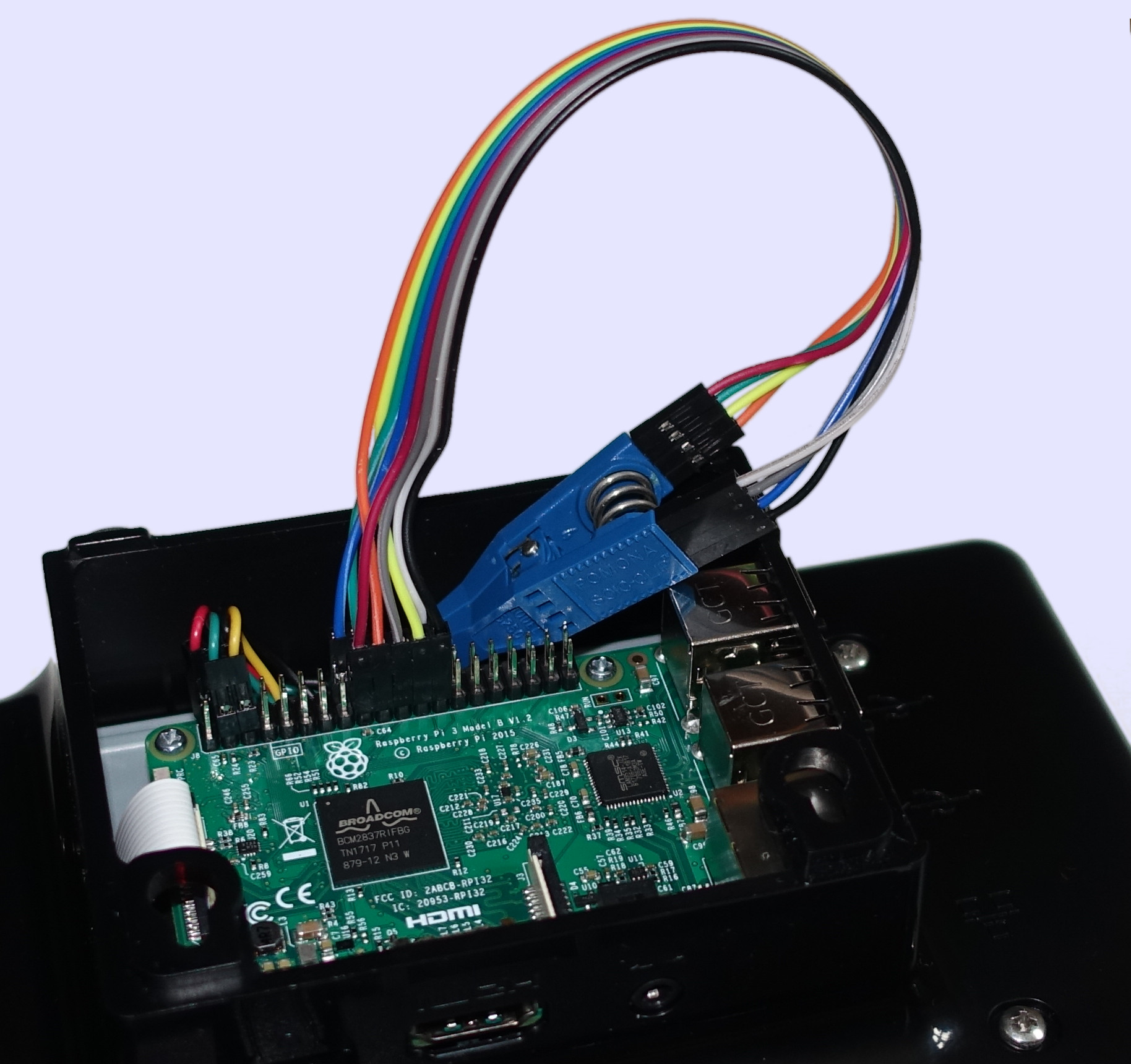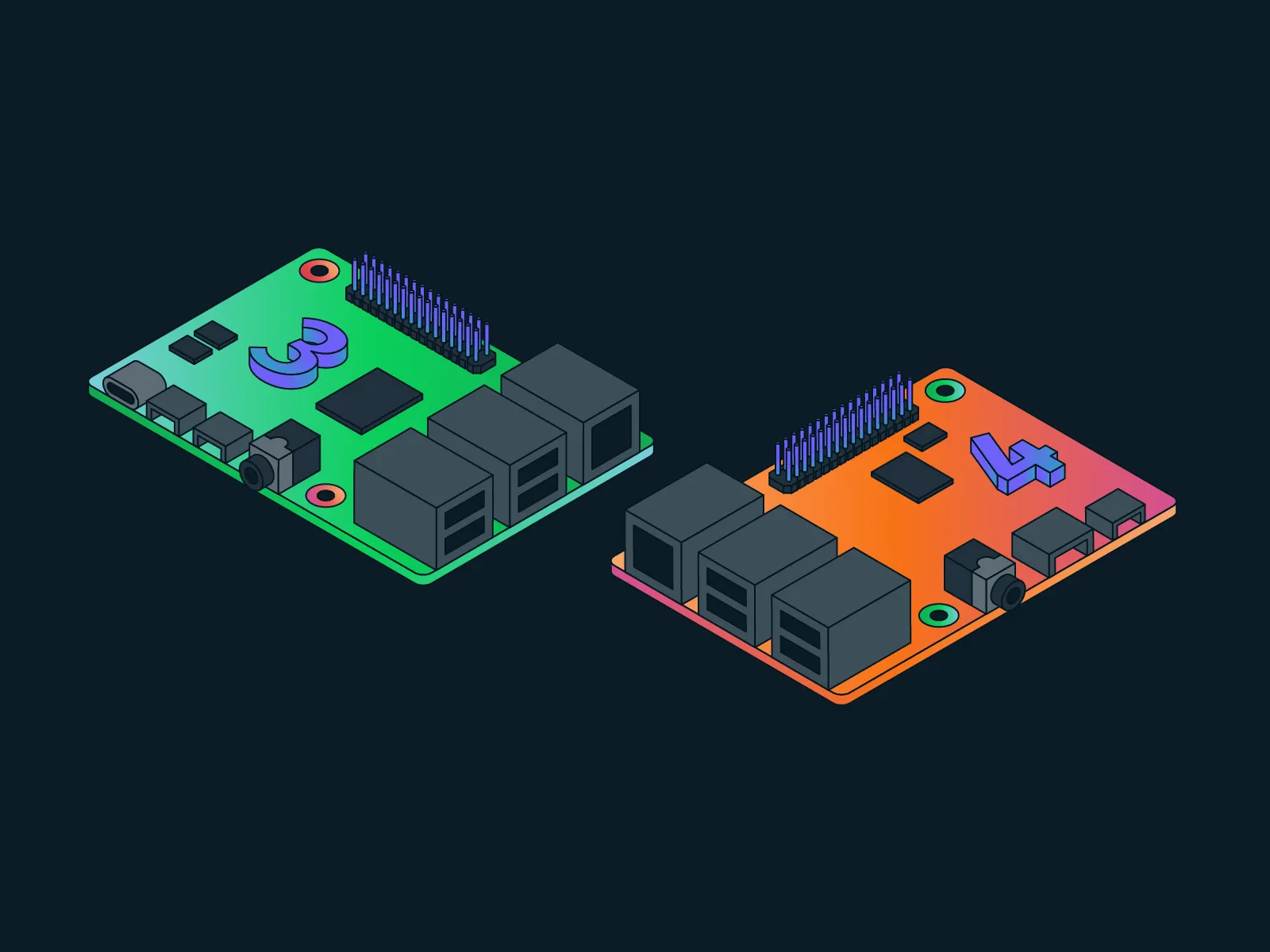Hey there tech enthusiasts, if you're into tinkering with Raspberry Pis and want to take your projects to the next level, you're in the right place. Today we're diving deep into the world of managing Raspberry Pis remotely using cutting-edge IoT management platforms. Whether you're a hobbyist or a professional, remote management of these tiny yet powerful devices can save you time, effort, and a whole lot of headaches. So, buckle up and let's explore how this technology is transforming the game.
Managing Raspberry Pis remotely might sound like something out of a sci-fi movie, but it's a reality that's becoming more accessible every day. The keyword here is "remote IoT management platform," and it’s revolutionizing how we interact with these devices. Whether you're running a smart home, monitoring environmental data, or building an industrial automation system, remote management can streamline your operations and give you the flexibility you need.
But why should you care about this? Well, imagine being able to tweak settings, update software, and troubleshoot issues from anywhere in the world. Sounds pretty sweet, right? That’s exactly what these platforms offer. So, let’s break it down and see how you can harness the power of remote IoT management to elevate your Raspberry Pi projects.
- Suebelle Robbins The Palm Beach Phenomenon Redefining Influence And Style
- Unveiling The Controversy The Impact Of Onlyfans Leaks And Digital Content Creators
Understanding Raspberry Pi and Its Role in IoT
Before we dive into remote management, let's take a quick step back and understand what makes Raspberry Pi such a game-changer in the IoT world. The Raspberry Pi is not just a tiny computer; it's a versatile tool that can be adapted to countless applications. From automating your home to gathering data in remote locations, Raspberry Pis are the go-to choice for many IoT enthusiasts.
Here’s why Raspberry Pi has become so popular:
- Cost-effective and easy to set up
- Highly customizable with a wide range of accessories
- Supports multiple programming languages
- Perfect for both beginners and advanced users
Now, when you throw IoT into the mix, things get even more exciting. IoT allows devices to communicate with each other and share data over the internet, and Raspberry Pi is right at the heart of this revolution. But managing multiple Pis from one location? That's where remote IoT management platforms come in.
- Keralas Cultural Tapestry Unveiling The Intersection Of Cinema Sexuality And Society
- Unveiling The Digital Dilemma Carly Janersquos Onlyfans Leak Sparks Privacy Debate
Why Remote Management Matters
Let’s face it—managing multiple Raspberry Pis manually can be a nightmare. You’ve got to physically access each device, update the software, troubleshoot issues, and keep everything running smoothly. But what if you could do all that from the comfort of your couch? That’s where remote IoT management platforms shine.
These platforms offer a centralized dashboard where you can control all your devices, no matter where they are located. This is especially useful for large-scale deployments, like smart cities, industrial automation, or even a network of weather stations. Remote management saves time, reduces errors, and allows for real-time monitoring and updates.
Key Features of Remote IoT Management Platforms
So, what exactly can these platforms do for you? Here are some of the standout features:
- Centralized device management
- Real-time monitoring and analytics
- Over-the-air (OTA) updates
- Automated alerts and notifications
- Secure data transmission
With these features, you can ensure that your Raspberry Pi projects are running smoothly without the need for constant physical intervention. It’s like having a virtual assistant that keeps an eye on all your devices for you.
Selecting the Right Remote IoT Management Platform
Not all remote IoT management platforms are created equal, and choosing the right one can make or break your project. So, what should you look for when selecting a platform?
First off, consider the scalability of the platform. If you plan on expanding your network of devices, you’ll need a platform that can grow with you. Next, think about security. Your data is valuable, and you want to make sure it’s protected from unauthorized access.
Here are a few platforms worth checking out:
- ThingsBoard: Open-source and highly customizable, great for DIY enthusiasts.
- Losant: Offers a user-friendly interface and is ideal for beginners.
- AWS IoT Core: If you’re already in the AWS ecosystem, this is a powerful option.
- Microsoft Azure IoT Hub: Offers enterprise-grade features and integrates well with other Microsoft services.
Each platform has its own strengths, so it’s important to evaluate your needs before making a decision. And remember, what works for one project might not work for another.
Setting Up Remote Management for Your Raspberry Pi
Alright, let’s get our hands dirty and talk about the setup process. Setting up remote management for your Raspberry Pi involves a few key steps, but don’t worry—it’s not as complicated as it sounds.
Step 1: Choose Your Platform
As we discussed earlier, selecting the right platform is crucial. Make sure you choose one that fits your project’s requirements and your level of expertise.
Step 2: Install Necessary Software
Depending on the platform you choose, you’ll need to install specific software on your Raspberry Pi. This could include agents, libraries, or SDKs that allow your Pi to communicate with the platform.
Step 3: Configure Network Settings
Make sure your Raspberry Pi is connected to the internet and properly configured to communicate with the platform. This might involve setting up static IP addresses, configuring firewalls, or setting up secure connections.
Step 4: Connect to the Platform
Once everything is set up on your Pi, it’s time to connect it to the remote IoT management platform. This usually involves registering your device and setting up authentication credentials.
And voila! You’re now managing your Raspberry Pi remotely. Pretty cool, huh?
Best Practices for Secure Remote Management
Security should always be a top priority when it comes to remote management. After all, you’re giving external access to your devices, and that comes with certain risks. Here are some best practices to keep your setup secure:
- Use strong, unique passwords for all devices and accounts.
- Enable two-factor authentication wherever possible.
- Regularly update your software and firmware to patch vulnerabilities.
- Limit access to only trusted users and devices.
- Monitor your devices for suspicious activity and set up automated alerts.
By following these practices, you can ensure that your Raspberry Pi projects remain secure and protected from potential threats.
Real-World Applications of Remote IoT Management
Now that we’ve covered the basics, let’s look at some real-world applications of remote IoT management with Raspberry Pi. These examples will give you a better idea of how this technology can be applied in various industries.
Smart Agriculture
Imagine a farmer who uses Raspberry Pi sensors to monitor soil moisture, temperature, and humidity. With remote management, the farmer can receive real-time updates and adjust irrigation systems without having to physically visit the fields. This not only saves time but also optimizes resource usage.
Industrial Automation
In factories, Raspberry Pis can be used to monitor equipment performance and predict maintenance needs. Remote management allows engineers to troubleshoot issues and perform updates without disrupting production lines.
Environmental Monitoring
Researchers use Raspberry Pis to collect data from remote locations, such as rainforests or glaciers. With remote management, they can ensure that their devices are functioning correctly and gather data without the need for frequent site visits.
These examples illustrate the versatility and potential of remote IoT management platforms when paired with Raspberry Pi.
Challenges and Limitations
While remote management offers many benefits, it’s not without its challenges. One of the biggest hurdles is ensuring reliable internet connectivity, especially in remote locations. Additionally, managing large numbers of devices can be complex and resource-intensive.
Another challenge is the learning curve associated with setting up and using these platforms. If you’re new to IoT or remote management, it might take some time to get comfortable with the tools and processes involved.
However, with the right resources and support, these challenges can be overcome. And as the technology continues to evolve, we can expect even more advanced solutions to emerge.
Future Trends in Remote IoT Management
The world of IoT is constantly evolving, and remote management is no exception. Here are a few trends to watch out for in the coming years:
- Increased integration with AI and machine learning for predictive maintenance and automation.
- Improved security features to protect against emerging threats.
- More user-friendly interfaces to make remote management accessible to everyone.
- Expansion into new industries and applications, such as healthcare and transportation.
As these trends unfold, we can expect remote IoT management to become even more powerful and versatile, opening up new possibilities for Raspberry Pi enthusiasts everywhere.
Conclusion
Well, there you have it—a comprehensive look at managing Raspberry Pis remotely with remote IoT management platforms. From understanding the basics to exploring real-world applications, we’ve covered a lot of ground. Remote management offers a host of benefits, from saving time and effort to improving efficiency and flexibility.
But remember, with great power comes great responsibility. Make sure you follow best practices for security and choose the right platform for your needs. And don’t be afraid to experiment and push the boundaries of what’s possible with your Raspberry Pi projects.
So, what are you waiting for? Dive in and start exploring the world of remote IoT management. And don’t forget to share your experiences and insights in the comments below. Who knows? You might just inspire someone else to take their Raspberry Pi projects to the next level.
Disclaimer: The information provided in this article is for educational purposes only. Always ensure that you follow best practices and consult professionals when working with IoT devices and remote management platforms.
Table of Contents
- Revolutionizing the Management of Raspberry Pis with Remote IoT Management Platforms
- Understanding Raspberry Pi and Its Role in IoT
- Why Remote Management Matters
- Key Features of Remote IoT Management Platforms
- Selecting the Right Remote IoT Management Platform
- Setting Up Remote Management for Your Raspberry Pi
- Step 1: Choose Your Platform
- Step 2: Install Necessary Software
- Step 3: Configure Network Settings
- Step 4: Connect to the Platform
- Best Practices for Secure Remote Management
- Real-World Applications of Remote IoT Management
- Smart Agriculture
- Industrial Automation
- Environmental Monitoring
- Challenges and Limitations
- Future Trends in Remote IoT Management
- Conclusion
- Bollyflix Revolutionizing The Streaming Landscape In India And Beyond
- Exclusive Content Conundrum The Dark Side Of Digital Intimacy


